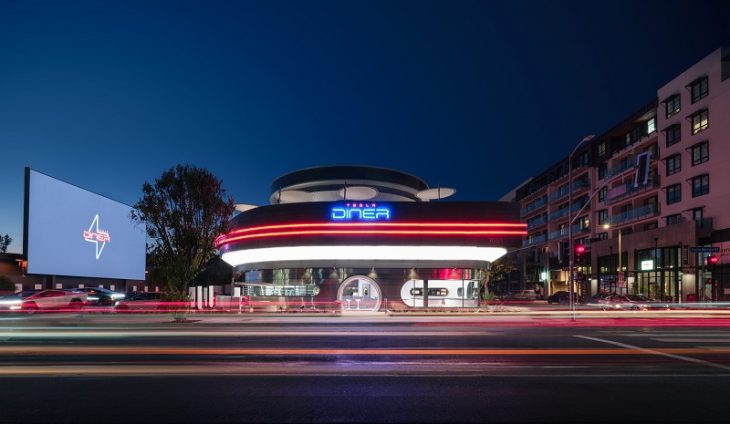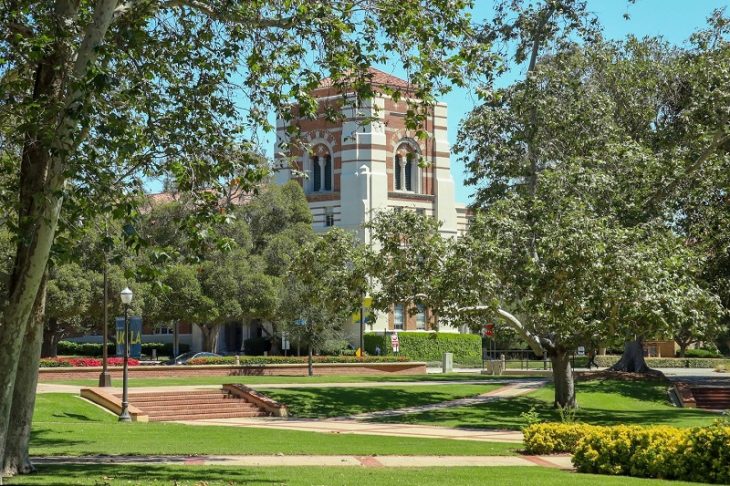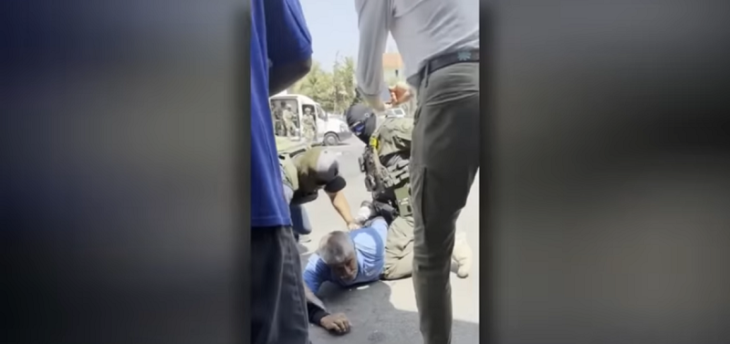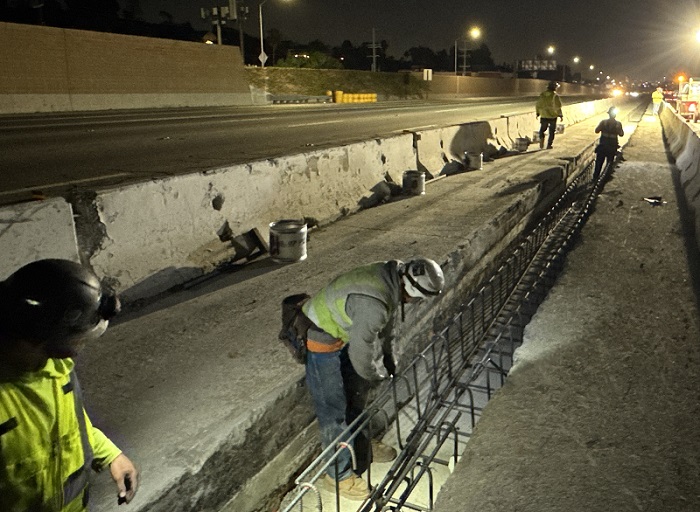VA Secretary Denis McDonough releases Master Plan 2022
By Sam Catanzaro
As part of the Department of Veterans Affairs’ efforts to end Veteran homelessness, Secretary Denis McDonough last month released Master Plan 2022 detailing plans to aid homeless and other at-risk Veterans and their families at the VA Greater Los Angeles Healthcare System.
Master Plan 2022, released April 22, also maps the progress to date at the West LA VA campus.
“Progress on Master Plan 2022 continues to be a top VA priority, as is our commitment to eliminate Veteran homelessness across the nation,” McDonough said. “Ready access to health care is critical to meeting the mental and physical health needs of those experiencing homelessness. The West LA campus supports one of the largest, most complex medical centers in the VA system and provides Veterans with access to a full continuum of health care services.”
Los Angeles has the largest homeless Veteran population in the country with almost 10 percent of all homeless Veterans across the U.S. located there.
Implementation of Master Plan 2022 for VA Greater Los Angeles Healthcare System includes: enabling the West LA campus to provide supportive housing and a set of resources tailored to the needs of vulnerable Veteran populations and their families. The plan calls for over 1,000 housing units for homeless veterans to be under construction within the next five years. 220 additional units will also be built within 10 years, and the VA will add 350 more units sometime after that.
In addition, the plan allows for interconnecting campus operations in real-time with available off-site resources including VA community-based facilities/services; state, county, city and neighborhood systems; Veteran Service Organizations and non-profit organizations.
VA officials said last month that there would be more action on the plan following years of delays.The project was created in 2016, and only 55 units have been completed so far – around 8 percent of what was anticipated to be completed so far.
The VA’s Office of Inspector General has blamed the delays an array of factors, including on land-use problems, environmental impact studies, issues with fundraising.
When the plan was rolled out, the VA assumed existing infrastructure on the campus could handle the development’s utility needs. It turned out this wasn’t the case, forcing the VA to secure $110.1 million in federal funds for utility and infrastructure improvements.

























